Someone Rear-Ended me, and I Hit the Car in Front of me – Who is Liable?
Some rear-end accidents are so forceful that they cause the impacted vehicle to strike the car in front. These types of accidents are called chain-reaction collisions, and the rear-most driver might be responsible for all the resulting damage. In many scenarios, these accidents occur because the rear driver is speeding, distracted, or under the influence of alcohol or drugs.
If you suffered injuries in a rear-end or chain-reaction collision that a negligent driver caused, you must consult an experienced car accident attorney in your jurisdiction as soon as possible. Your lawyer can obtain a copy of the police report and other documentation, file a claim with the rear driver’s insurance company, and, if necessary, pursue litigation in the court system on your behalf.
How do Chain-Reaction Rear-End Accidents Happen?
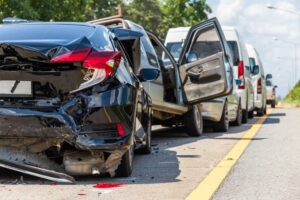
Chain-reaction rear-end accidents stemming from the rear driver’s negligence can unfold in various ways. One common scenario involves distracted driving, where the rear driver fails to maintain proper focus on the road ahead. Whether texting, adjusting the radio, or engaging in other activities, any form of distraction can cause the rear-most driver to overlook slowing or stopped traffic in front, leading to a collision.
Speeding is another significant factor contributing to chain-reaction rear-end accidents. When the rear driver travels at excessive speeds, they have less time to react to sudden changes in traffic flow. This can result in the rear driver failing to stop in time to avoid a collision, subsequently causing a chain reaction as other vehicles cannot brake in time.
Tailgating, or following too closely, is a recipe for disaster in the event of sudden stops or slowdowns. The rear-most driver’s limited reaction time and reduced stopping distance greatly increase the likelihood of a rear-end collision. Furthermore, tailgating decreases the rear driver’s visibility of the road ahead, making it even more challenging to anticipate potential hazards.
Poor weather conditions can exacerbate the risks associated with chain-reaction rear-end accidents. Reduced visibility, slick roads, and decreased traction all contribute to the difficulty of stopping quickly and safely. In such conditions, the rear driver’s negligence in failing to adjust their driving to accommodate for weather can lead to a chain of collisions as other drivers struggle to react in time.
Another common factor in chain-reaction rear-end accidents is impaired driving. Whether under the influence of alcohol, drugs, or prescription medication, impaired drivers have compromised reaction times and decision-making abilities. This impairment can prevent the rear driver from recognizing and appropriately responding to changing traffic conditions, resulting in a cascade of collisions.
Finally, fatigue poses a significant risk factor for chain-reaction rear-end accidents. Exhausted drivers may struggle to remain alert and attentive while behind the wheel, increasing the likelihood of rear-end collisions due to delayed reactions or momentary lapses in attention.
If you suffered injuries in one of these rear-end accident scenarios, an experienced car accident lawyer can review your claim with you and determine your options for pursuing compensation.
Common Injuries in Chain-Reaction Rear-End Collisions
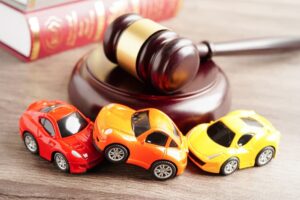
Due to the collision force and dynamics in chain-reaction rear-end collisions, certain injuries tend to occur more frequently. Whiplash is one of the most common injuries in these accidents. It occurs when the force of the collision causes the neck to jerk back and forth rapidly, stretching the muscles and ligaments in the neck and upper back. Whiplash can lead to neck pain, stiffness, headaches, and difficulty moving the neck.
Another common injury is soft tissue damage. This includes injuries to muscles, tendons, and ligaments throughout the body, particularly in the neck, back, and shoulders. The sudden and forceful movement of the collision can cause these tissues to stretch, tear, or become inflamed, resulting in pain, swelling, and restricted movement.
Back injuries are also common in chain-reaction rear-end collisions. The force of the crash can compress the spine or cause vertebrae to become misaligned, leading to injuries such as herniated discs, spinal fractures, or sprains. These injuries can cause significant pain and discomfort and may require extensive medical treatment, including physical therapy or surgery.
Head injuries are another concern in rear-end collisions, particularly if the collision is severe. Concussions, traumatic brain injuries, and skull fractures can occur when the victim’s head strikes the steering wheel, dashboard, or other interior surface of the vehicle. These injuries can range from mild to severe and may result in symptoms such as headaches, dizziness, confusion, or loss of consciousness.
In addition to physical injuries, psychological trauma is common among victims of chain-reaction rear-end collisions. The sudden and unexpected nature of the crash can leave individuals feeling anxious, fearful, or traumatized. They may experience symptoms of post-traumatic stress disorder (PTSD), such as flashbacks, nightmares, or avoidance behaviors, which can significantly affect their quality of life and ability to function.
While you seek the medical treatment you need for your injuries following a rear-end collision, your car accident attorney can begin gathering documents and handling the legal aspects of your case.
How to Prove a Chain-Reaction Rear-End Accident Case
Proving a chain-reaction rear-end accident resulting from the rear-most driver’s negligence requires gathering evidence to establish liability. One crucial piece of evidence is the police report filed at the accident scene. The report will document the details of the crash, including statements from drivers and witnesses, as well as any citations issued to the at-fault driver. This report can serve as valuable evidence in demonstrating the rear-most driver’s negligence.
Eyewitness testimony can also play a significant role in proving liability in a chain-reaction rear-end accident. Witnesses who observed the events leading up to the crash can provide valuable insight into the rear-most driver’s actions, such as speeding, following too closely, or failing to brake in time. Their accounts can corroborate the injured party’s version of events and strengthen their case.
Photographic evidence is another essential element in proving negligence in a chain-reaction rear-end accident. Pictures of the vehicles involved, the damage sustained, skid marks on the road, and the surrounding environment can provide valuable visual documentation of the crash scene. These photos can help establish the speed and position of the vehicles at the time of the collision and any other relevant factors contributing to the accident.
In addition to physical evidence, expert testimony may be necessary to prove negligence in a chain-reaction rear-end accident scenario. Accident reconstruction experts can analyze the evidence and recreate the sequence of events leading up to the crash. Their testimony can help establish how the rear driver’s actions, such as speeding or following too closely, contributed to the accident and resulting injuries.
Medical records documenting the injuries sustained in the accident are also crucial in proving negligence. These records should detail the extent of the injuries, the treatment received, and any ongoing medical care required. They can help to establish a direct link between the rear-end collision and the injuries the injured party suffered, further supporting their claim for compensation.
Ultimately, proving negligence in a chain-reaction rear-end accident requires a combination of evidence. By gathering and presenting this evidence effectively, injured parties can strengthen their case and hold the negligent rear driver accountable for their actions.
Successfully Settling or Litigating a Rear-End Accident Case
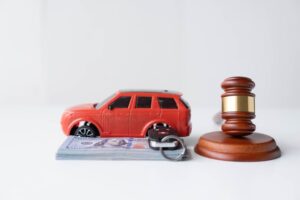
Deciding whether to settle or litigate a chain-reaction rear-end collision resulting from the rear driver’s negligence involves carefully considering various factors.
Settling a case typically involves reaching an agreement with the at-fault driver’s insurance company without going to court. One advantage of settling is the potential for a quicker resolution, as it avoids the time and expense of litigation. Additionally, settling can provide certainty and closure for the injured party, who may receive compensation for their injuries and damages sooner rather than later.
However, settling a case may also result in accepting a lower amount of compensation than what may potentially be available through litigation. Insurance companies may offer a settlement that is less than the full extent of the injured party’s damages in an attempt to save money. Therefore, it’s crucial for the injured party to carefully evaluate any settlement offers with their attorney and ensure that those offers adequately cover their medical expenses, lost income, pain and suffering, and other damages.
On the other hand, litigation involves taking the case to court and allowing a judge or jury to determine the outcome. While litigation can be a more time-consuming and costly process, it may also result in a higher compensation award if the injured party prevails in court. Litigation also provides the opportunity for the injured party to present their case in a formal setting and have their day in court.
Before deciding whether to settle or litigate a chain-reaction rear-end collision case, the injured party needs to consult a qualified car accident attorney who can provide guidance based on their specific circumstances. An attorney can assess the strength of the case, negotiate with the insurance company on behalf of the injured party, and advise on the potential risks and benefits of settling versus litigating.
Recovering Compensation in a Rear-End Car Accident Case
Victims of chain-reaction rear-end collisions resulting from negligent rear drivers may be entitled to compensation to help cover their various losses and damages. One type of compensation is for medical expenses, including the costs of emergency medical care, short-term and long-term hospital stays, surgeries, medication, physical therapy, and ongoing treatment of the car accident injuries. Victims may also seek compensation for future medical expenses, such as anticipated surgeries or therapy sessions.
Another category of compensation is lost income. Injured parties may be out of work for some time following their accident, resulting in a significant loss of income. Compensation for lost earnings can help to cover the income lost due to attending medical appointments and physical therapy sessions. Additionally, victims may be entitled to compensation for loss of earning capacity if their injuries prevent them from returning to their previous jobs or earning the same income as before the accident.
Pain and suffering is another type of compensation that victims may recover in a chain-reaction rear-end collision case. This type of compensation aims to compensate victims for the physical pain, emotional distress, and mental anguish they have experienced as a result of the accident and their injuries. Pain and suffering damages are often more challenging to quantify than economic damages but are still an essential component of compensation for many victims.
Additionally, victims may seek compensation for property damage resulting from the accident, such as damage to their vehicle or personal belongings. This can include the cost of repairs to the vehicle, replacement of damaged items, or the fair market value of the vehicle if it is deemed a total loss.
Other types of compensation that victims may recover in a chain-reaction rear-end collision case include loss of consortium (for the spouse or family members of the injured party), punitive damages (if the at-fault driver’s conduct was particularly egregious or intentional), and wrongful death damages (if the accident resulted in the death of a loved one).
An experienced car accident attorney can help injured parties estimate the value of their car accident case based on their injuries and the surrounding circumstances. A knowledgeable attorney can also navigate the insurance claim or litigation processes for accident victims, negotiate on behalf of victims during settlement discussions with insurance company representatives, and pursue the fair compensation that victims deserve for their accident-related losses.
Speak to a Knowledgeable Car Accident Lawyer in Your Area Today
If you sustained injuries in a recent rear-end chain-reaction collision that the rear-most driver caused, you are not alone. A skilled Brandon personal injury lawyer can promptly evaluate your legal options, take the necessary steps on your behalf, and pursue the maximum compensation you deserve for your accident-related losses.
Many people misunderstand liability in chain reaction collisions and, therefore, lose compensation they deserve. Never make assumptions about liability without consulting a car accident attorney. Case evaluations with this type of lawyer are free, so you have nothing to lose by scheduling your meeting today. Start protecting your rights to compensation.
Free Consultation
We Are Here For You 24/7
Reviews
– Elissa M.
“Really pleased with Boohoff Law! Received immediate responses when I had any questions. Treated amazingly by all staff … made this process a true breeze!”
– Caitlyn M.
– Brandy K.
Related Posts
Steps to Take After a Drunk Driver Hits Your Vehicle in Seattle
What Compensation Can You Claim for Severe Burn Injuries
What to Do After Being Injured in a Parking Lot Accident in Seattle
Recovery is personal.
We’re here for you.
You're better off with Boohoff.
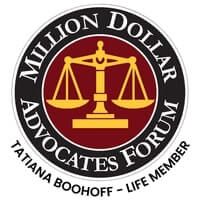

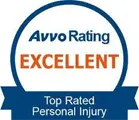
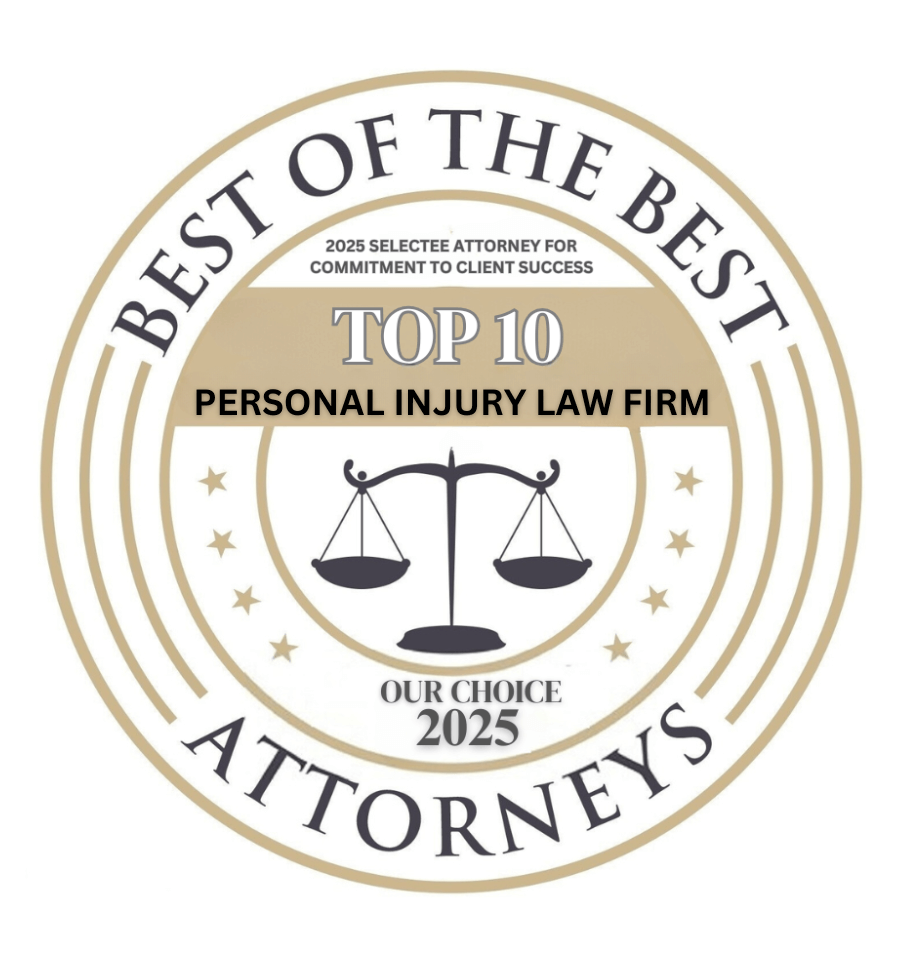
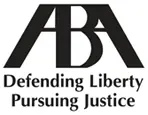
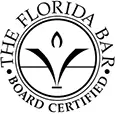
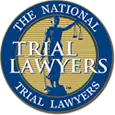




The information on this website is for general information purposes only. Nothing on this site should be taken as legal advice for any individual case or situation. This information is not intended to create, and receipt or viewing does not constitute, an attorney-client relationship.
available 24/7
(877) 999-9999
